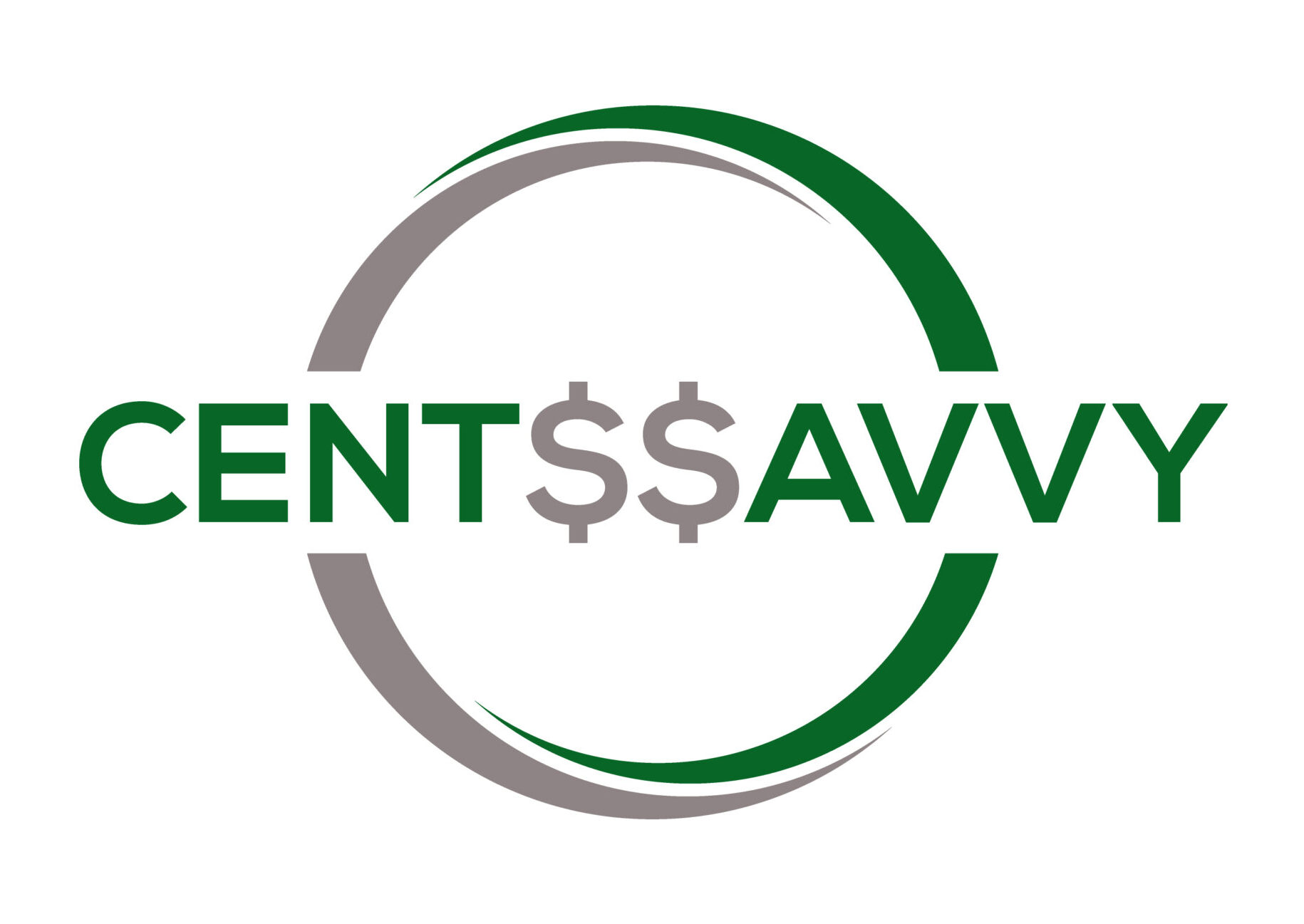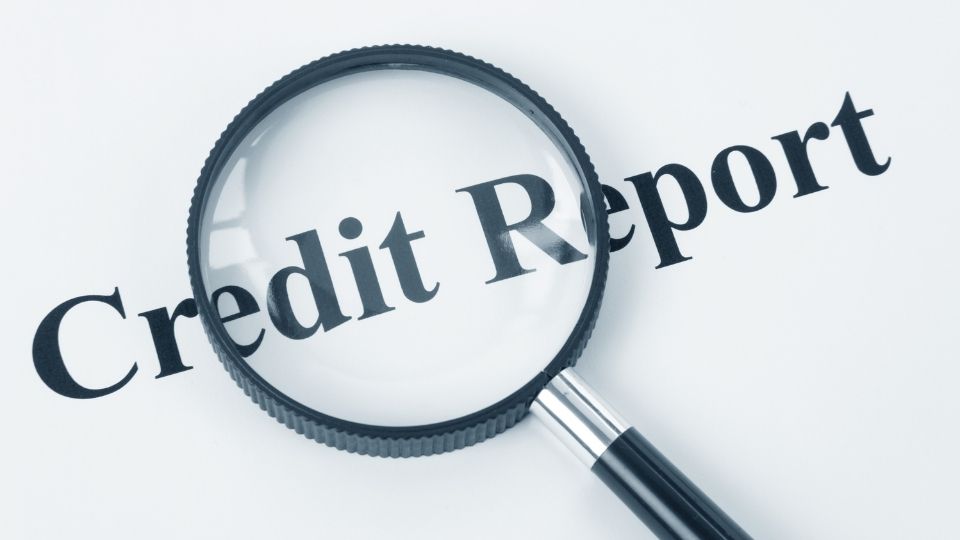How to Get Things Removed from a Credit Report: A Comprehensive Guide
Your credit report plays an essential role in your financial well-being. It impacts your capacity to obtain loans, acquire credit cards, and even rent accommodations or pursue job opportunities. Negative entries on your credit report can substantially diminish your credit score and impede your financial prospects. Nonetheless, there exist effective methods to eliminate items from your credit report. This comprehensive guide will help you through the entire procedure, offering practical steps and expert advice to help you achieve your goals.
If you need assistance in increasing your credit score, don’t hesitate to visit Cent Savvy Credit Repair Counseling.
Understanding Your Credit Report
Before we delve into the process of removing negative items, understanding the contents of your credit report is crucial and how it impacts your credit score.
Key Components of a Credit Report:
- Personal Information: Comprises your name, address, social security number, and date of birth.
- Credit Accounts: Details of all your credit accounts, including credit cards, mortgages, and loans.
- Credit Inquiries: Lists any entities that have checked your credit report.
- Public Records: Includes bankruptcies, foreclosures, and any debt sent to collections.
Factors Affecting Your Credit Score:
- Payment History (35%): Late payments and defaults have a major impact.
- Amounts Owed (30%): High balances relative to your credit limits can hurt your score.
- Length of Credit History (15%): Longer credit histories are generally better.
- Credit Mix (10%): A variety of credit types can be beneficial.
- New Credit (10%): Opening multiple new accounts within a short period of time could potentially lower your credit score.
Comprehensive Steps for Removing Negative Items from Your Credit Report
1. Obtain Your Credit Report
Begin by obtaining your credit report from the three primary credit bureaus: Equifax, Experian, and TransUnion. You have the right to request a complimentary report from each bureau once per year, available at AnnualCreditReport.com.
2. Identify Negative Items
Thoroughly examine your credit reports to identify any negative entries. These may include:
- Late payments
- Collections
- Charge-offs
- Bankruptcies
- Foreclosures
- Judgments
3. Ensure the Correctness of Each Item
Not all negative items are accurate. Common errors include:
- Incorrect personal information
- Duplicate accounts
- Incorrect account statuses
- Wrong balance amounts
4. Dispute Inaccurate Items
If you discover any inaccuracies, initiate a dispute with the credit bureaus. This can be done online, through mail, or via phone. Make sure to include supporting documentation to substantiate your claims.
Sample Dispute Letter:
[Your Name]
[Your Address]
[City, State, Zip Code]
[Email Address]
[Date]
[Credit Bureau Name]
[Address]
[City, State, Zip Code]
Subject: Dispute of Incorrect Information on Credit Report
To Whom It May Concern,
I am writing to dispute the following information in my file. I have marked the items I contest on the enclosed copy of the report I received.
[Insert inaccurate information]
This information is incorrect because [explain why and provide evidence]. I am requesting that the inaccurate items be removed or corrected to reflect the accurate information.
Attached are copies of [describe any enclosed documents] supporting my position. Please conduct a thorough investigation into this matter and promptly rectify the disputed items.
Sincerely,
[Your Name]
5. Negotiate with Creditors
When dealing with legitimate negative items, explore the option of negotiating with creditors. Here are some strategies:
- Goodwill Letters: Ask creditors to consider removing negative items as a gesture of goodwill, particularly if you have a history of timely payments with them.
- Pay-for-Delete Agreements: Offer to pay the outstanding debt in exchange for the removal of the negative entry.
Sample Goodwill Letter:
[Your Name]
[Your Address]
[City, State, Zip Code]
[Email Address]
[Date]
[Creditor’s Name]
[Address]
[City, State, Zip Code]
Subject: Goodwill Adjustment Request
To Whom It May Concern,
I am writing to ask if you would be open to considering a goodwill adjustment to remove the late payment on my account. I have been a customer since [year] and during that time, I have maintained a good payment history with the exception of this isolated incident.
The late payment was due to [briefly explain the situation], and since then, I have taken steps to ensure it does not happen again. I understand the impact it has on my credit report and would be grateful if you could remove the negative entry as an act of goodwill.
Thank you for considering my request. I appreciate your time and assistance.
Sincerely,
[Your Name]
6. Pay Down Debts
Reducing your outstanding debts can improve your credit utilization ratio, which positively affects your credit score. Focus on settling debts with higher interest rates as a priority while also maintaining minimum payments on other accounts.
7. Use Credit Repair Services
If the process seems overwhelming or you face complex situations, consider using professional credit repair services. These services can handle disputes, negotiations, and provide tailored advice to improve your credit score. For reliable assistance, visit Cent Savvy Credit Repair Counseling.
Advanced Credit Report Repair Techniques
For those who need more advanced strategies, consider the following:
1. Credit Counseling
Credit counselling agencies offer valuable assistance in managing debt and improving your credit. They provide personalized advice, budget planning, and debt management plans.
2. Debt Consolidation
Combining your debts into a single loan with a lower interest rate can simplify payment management and decrease total interest expenses. You can explore options such as personal loans, balance transfer credit cards, and home equity loans for consolidation.
3. Secured Credit Cards
If you have trouble getting approved for traditional credit cards, secured credit cards can help rebuild your credit. When using a secured card, you place a deposit as collateral, which becomes your credit limit. Using this card responsibly can improve your credit score.
4. Becoming an Authorized User
Consider requesting a family member or friend who has a credit card account so that you can benefit from their positive credit history. This strategy can potentially improve your credit score, particularly if the primary cardholder maintains a history of timely payments and keeps their credit utilization low.
Legal Considerations
1. Statute of Limitations
Each category of debt is subject to a statute of limitations, defining the timeframe within which creditors can legally pursue payment through lawsuits. Once this period concludes, the debt is considered time-barred, and while it may still appear on your credit report, creditors do not have the authority to pursue legal action against you.
2. Fair Credit Reporting Act (FCRA)
The FCRA protects consumers by ensuring the accuracy, fairness, and privacy of information in credit reports. Under the Fair Credit Reporting Act (FCRA), it is stated that you have the entitlement to challenge any inaccurate or incomplete information on your credit report and request its correction or removal.
Maintaining a Healthy Credit Report
Once you have removed negative items, it’s crucial to maintain good credit habits to prevent future issues:
- Pay Bills on Time: Ensure bills are paid punctually by setting up automatic payments or reminders.
- Keep Credit Utilization Low: Strive to utilize less than 30% of your available credit limit.
- Avoid Opening Too Many New Accounts: Each new account application can temporarily lower your credit score.
- Monitor Your Credit Report: It’s important to review your credit report regularly to detect any inaccuracies or fraudulent transactions promptly.
Frequently Asked Questions
Is it possible to remove all negative items from my credit report?
Not all negative items can be removed. Accurate negative information, such as late payments and defaults, usually, information remains on your credit report for a duration of seven years. However, you can dispute inaccuracies and negotiate with creditors to remove some negative items.
How long does it take to see improvements in my credit score?
The timeline for improving your credit score can vary significantly. Disputing errors can result in quick improvements, while building a positive payment history and reducing debt can take several months to a year or more.
Is it legal to pay for delete?
Yes, negotiating a “pay for delete” agreement is legal, but not all creditors will agree to it. It’s worth trying, especially if you can offer a lump sum payment.
Will closing accounts improve my credit score?
Closing accounts may negatively impact your credit score by decreasing managing your available credit and potentially impacting your credit utilization ratio. It’s often better to keep accounts open, especially if they have a long history and positive payment record.
Conclusion
Removing negative items from your credit report requires diligence, patience, and strategic action. By obtaining your credit reports, identifying and disputing inaccuracies, negotiating with creditors, and adopting good credit habits, you can significantly improve your credit score. If you find the process challenging, professional credit repair services like Cent Savvy Credit Repair Counseling can provide valuable assistance.
Enhancing your credit score requires dedication and a strategic approach, yet with persistence, you can pave the way to a more secure financial future. Remember, maintaining good credit habits is key to long-term credit health. Stay proactive, monitor your credit regularly, and seek professional help when needed to ensure your credit report reflects your best financial self.

